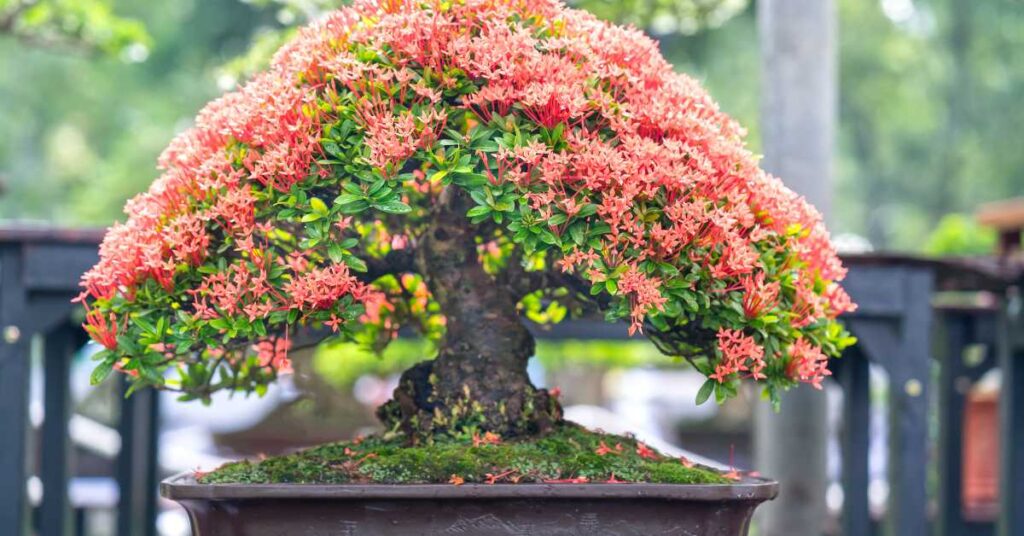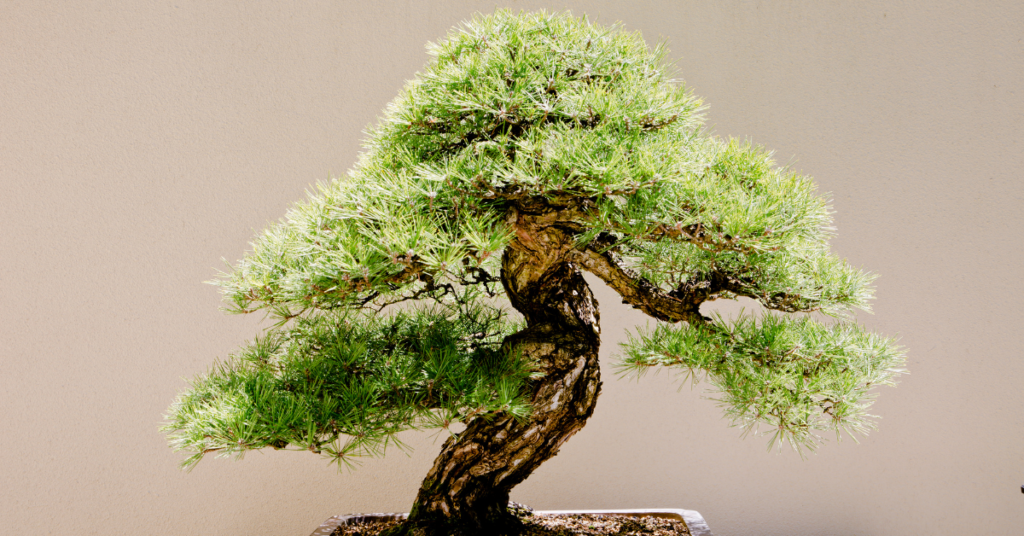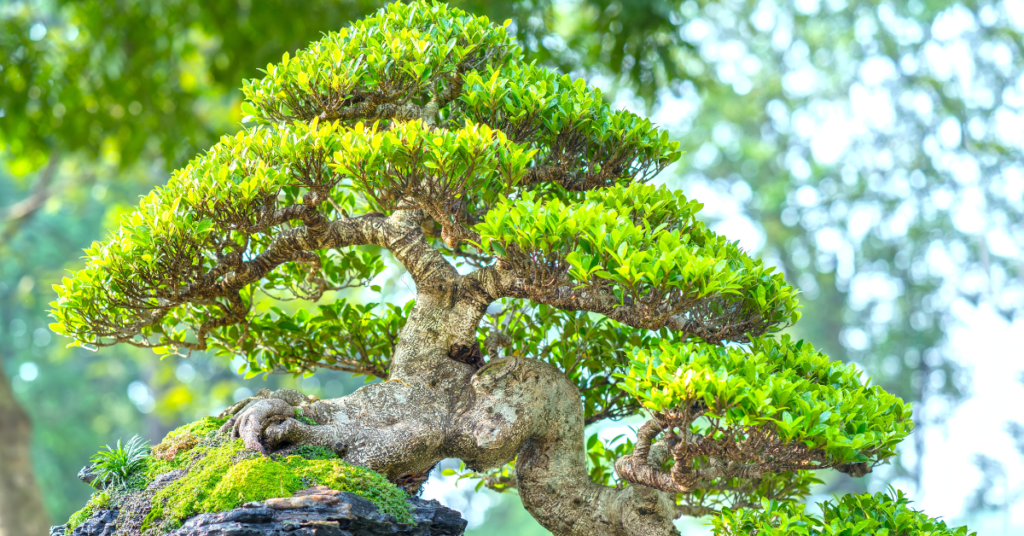Why are bonsai trees so expensive? Bonsai trees are expensive due to the meticulous care, time, and expertise required to cultivate them. Factors that contribute to their high price include the tree’s age, rarity of the species, artistic styling, and the labor-intensive process of pruning, wiring, and repotting. Additionally, specialized tools, materials, and the knowledge of bonsai masters further increase the cost of these miniature, aesthetically pleasing trees.
Get ready to dive into the fascinating world of bonsai trees, where art meets nature in a tiny, living masterpiece! These captivating, miniature trees have captured the hearts and imaginations of enthusiasts for centuries, but have you ever wondered why their price tags are as impressive as their beauty?
Let’s unravel the mystery behind the cost of these enchanting, tiny wonders and discover what makes them so highly valued.
Why are bonsai trees so expensive?
If you’ve ever been to a nursery or garden center, you might have noticed that bonsai trees can be quite pricey. You may wonder why a small tree in a pot could cost so much. The answer is not as simple as you might think.
First of all, bonsai trees require a lot of time and effort to cultivate. They are not just any ordinary plant that you can grow in your backyard. Bonsai trees are meticulously shaped and pruned to create the desired appearance, which takes years of skillful care and attention from experienced growers.
Additionally, some types of bonsai trees are rare and difficult to find, which contributes to their high price tag.

The Art Of Bonsai Cultivation
Bonsai cultivation is an ancient art form originating from China and Japan. It requires a great deal of patience, skill, and attention to detail to create a miniature tree that looks like its larger counterpart in nature. The process involves carefully selecting the right tree species, pruning and shaping the branches and roots, wiring the branches into place, and cultivating it in a small pot.
Bonsai trees can take years or even decades to cultivate properly, which is why they are so expensive. The time and effort put into creating each tree make them unique and highly sought after by collectors around the world.
Additionally, because bonsai trees are grown in small pots with limited space for their roots to grow, they require special care and attention to keep them healthy and thriving. All of these factors contribute to the high cost of bonsai trees.
Meticulous Shaping And Pruning Techniques
Bonsai trees are known for their intricate shapes and designs, which require meticulous shaping and pruning techniques. The process of cultivating a bonsai tree involves constant monitoring and adjustment to ensure that it grows in a specific direction, with certain branches trimmed or removed entirely.
This level of care and precision demands significant time and effort from the grower, which translates into higher prices for the finished product.
One of the most important techniques used in bonsai cultivation is wiring. Growers wrap copper or aluminum wire around the trunk and branches of the tree to bend them into different shapes.
This process must be done carefully to avoid damaging the tree’s bark or wood, as well as to ensure that it doesn’t grow too quickly or too slowly. Additionally, pruning techniques such as “pinching” off new growth, cutting back large branches, and removing unnecessary foliage all contribute to creating a beautiful bonsai tree.
These techniques require patience, skill, and experience – all factors that add to the cost of producing these unique plants.
Bonsai cultivation is truly an art form that requires dedication and attention to detail. It is no wonder why these trees can be so expensive – each one represents countless hours of work by skilled growers who have honed their craft over many years.
Whether you’re interested in growing your own bonsai tree or simply admiring them from afar, it’s important to appreciate the level of expertise that goes into creating these stunning works of living art.

Rarity And Difficulty In Finding Certain Types Of Bonsai
Certain types of bonsai trees are rare and difficult to find, which is a major factor in their high cost. For example, the Japanese White Pine bonsai is highly sought after for its unique appearance and rarity. It can take years to grow and shape a Japanese White Pine bonsai, making it a valuable addition to any collection.
Another factor that contributes to the expense of certain bonsai trees is the difficulty in finding them. Some species are native to specific regions, making them harder to obtain for those living in other parts of the world.
This means that collectors may have to pay more for shipping or travel expenses in order to acquire these trees. Additionally, some growers may only produce a limited number of certain species each year, further driving up their price due to their scarcity.
As such, it’s important for enthusiasts of bonsai trees to understand that the cost is often reflective of the rarity and difficulty in obtaining certain types. While there are certainly less expensive options available, those looking for specific species or particularly unique specimens should be prepared to pay a premium price.
Cost Of Materials And Tools
As mentioned earlier, certain types of bonsai trees can be rare and difficult to find. This rarity and difficulty in sourcing these trees can drive up their price. However, another significant factor that contributes to the high cost of bonsai trees is the materials and tools required for their care.
To create and maintain a bonsai tree, specialized tools such as pruning shears, wire cutters, and concave cutters are necessary. These tools are often made from high-quality materials such as carbon steel or titanium, which can be expensive.
In addition to the tools, other materials such as soil, fertilizer, and pots are essential for maintaining healthy bonsai trees. High-quality soil specifically formulated for bonsai cultivation can also come at a premium price.
Furthermore, the process of cultivating a bonsai tree requires patience and skill. It takes years of careful pruning and training to shape a small sapling into a mature bonsai tree. The time investment alone drives up the cost of these unique plants.
When you consider all these factors together – rarity, difficulty in sourcing certain types of trees, specialized tools and materials needed for their care, along with time investment – it becomes clear why bonsai trees are so expensive compared to other houseplants or garden plants.
Appreciating The Beauty And History Of Bonsai Trees
Bonsai trees are not just miniature plants, but they are living works of art. These tiny trees take years, even decades, to grow and train into their desired shapes. The process involves meticulous care, constant pruning and nurturing to achieve the perfect balance between form and beauty.
Bonsai artists dedicate a significant amount of time and effort in creating unique bonsai specimens that reflect their artistic vision.
The history of bonsai trees can be traced back to ancient China and Japan where they were initially grown as symbols of wealth and status. Today, these trees are more commonly used as decoration pieces or meditation aids due to their calming effect.
The beauty of a bonsai tree lies in its intricate details; from the twisted trunk to the delicate foliage, each element is carefully crafted to create an overall sense of harmony. It is this attention to detail that makes bonsai trees so valuable, as well as the time and effort required to cultivate them into their final form.

Frequently Asked Questions
How Do Bonsai Trees Differ From Regular Potted Trees?
Bonsai trees are unique in their size and appearance, as they are specifically grown and trained to be small and shaped in a particular way. Unlike regular potted trees, bonsai trees require special care and attention to maintain their shape and keep them healthy.
They must be pruned regularly, their soil needs to be checked frequently, and they must receive the proper amount of sunlight and water. Overall, bonsai trees differ from regular potted trees because of the time-intensive process it takes to cultivate them into artful masterpieces that can take years or even decades to perfect.
Can Bonsai Trees Be Grown Indoors?
Yes, bonsai trees can be grown indoors. They are a great option for those who want to enjoy the beauty and tranquility of nature in their homes. However, it is important to note that growing bonsai trees indoors requires adequate sunlight and proper care.
These trees need regular watering and fertilization to thrive. Additionally, it is necessary to keep them in a suitable environment with appropriate temperature and humidity levels. With the right conditions, bonsai trees can make excellent indoor plants that provide a sense of calmness and serenity to any space.
Are There Any Health Benefits To Owning A Bonsai Tree?
There are various health benefits to owning a bonsai tree. These miniature trees can help reduce stress and anxiety by promoting relaxation and calmness. Bonsai trees also improve air quality by absorbing harmful toxins and pollutants, making them great additions to any indoor space.
Additionally, caring for a bonsai tree can provide a sense of purpose and satisfaction, which can contribute to overall well-being. While they may be expensive, the potential health benefits make owning a bonsai tree worth considering.
How Long Does It Take To Cultivate A Bonsai Tree?
Cultivating a bonsai tree is a labor-intensive process that requires patience and dedication. It can take years, even decades, to grow a mature bonsai tree. The process involves pruning, wiring, repotting, and shaping the tree to create the desired aesthetic.
The timeline for cultivating a bonsai depends on several factors such as the species of the tree, its age, and the skill level of the cultivator. Some trees may take only a few years to mature while others can take up to 20 or more years.
However, with proper care and attention, bonsai trees can be enjoyed as living works of art for generations to come.
Are There Any Specific Techniques For Caring For A Bonsai Tree?
There are various techniques that can be used for caring for a bonsai tree. One such technique is pruning, which involves trimming the roots and branches of the tree to maintain its shape and size. Another important aspect of caring for a bonsai tree is watering it properly, as over or under-watering can have detrimental effects on its growth.
Additionally, fertilizing the tree regularly can help it to stay healthy and vibrant. Overall, taking the time to learn about and implement these techniques can help ensure that your bonsai tree stays healthy and thriving for years to come.
Conclusion
So, why are bonsai trees so expensive? Well, it’s not just because of their unique and intricate beauty. It also has to do with the time and effort required to cultivate these miniature masterpieces. Bonsai trees can take years, even decades, to grow and shape properly, and require constant care and attention.
But the rewards can be great for those willing to invest in a bonsai tree. Not only do they add natural beauty to any space, but they also promote a sense of calm and relaxation. And as you watch your bonsai tree grow and evolve over time, you’ll appreciate the true value of these small but mighty wonders of nature.



